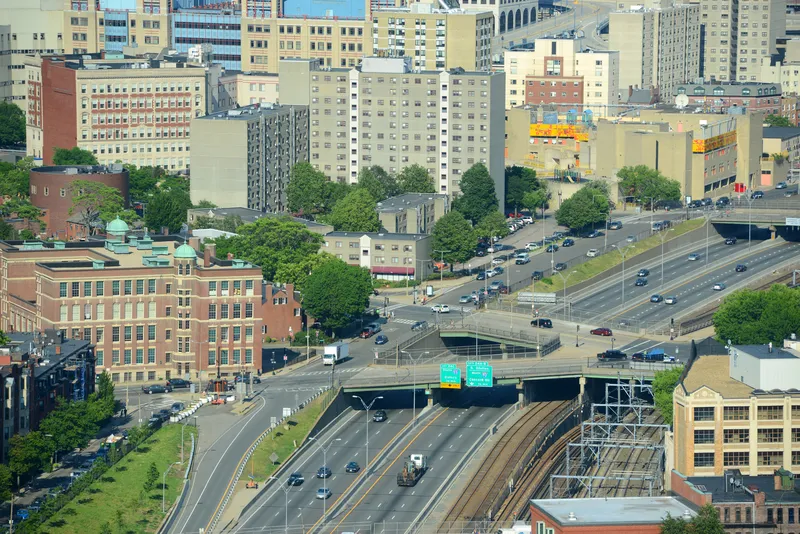The governments of Canada and Quebec will invest nearly $27m in 14 projects being carried out by Société de Transport de Laval (STL) to improve the city’s public transit infrastructure. These initiatives will be carried out under the Public Transit Infrastructure Fund.
Canada will provide $14.9m while Quebec will contribute $11.9m.
The funding will be used to install equipment for the first roll-out of a fully-electric bus line and add new technologies to streamline boarding for passengers.
This work is intended to improve the performance, efficiency and reliability of Laval’s transit system and help STL prepare for an anticipated future increase in ridership.
Diane Lebouthillier, minister of national revenue, says: "Modern efficient public transit infrastructure plays an important role in the development of sustainable communities and the growth of the middle class. By investing in projects such as these in Laval, the government of Canada is helping communities across Quebec improve residents' mobility, meet increasing demand and provide key amenities to encourage economic development."
Canada and Quebec invest in better transit services in Laval
Canada The governments of Canada and Quebec will invest nearly $27m in 14 projects being carried out by Société de Transport de Laval (STL) to improve the city’s public transit infrastructure. These initiatives will be carried out under the Public Transit Infrastructure Fund.
Canada will provide $14.9m while Quebec will contribute $11.9m. The funding will be used to install equipment for the first roll-out of a fully-electric bus line and add new technologies to streamline boarding for passengers.
May 15, 2018
Read time: 2 mins









